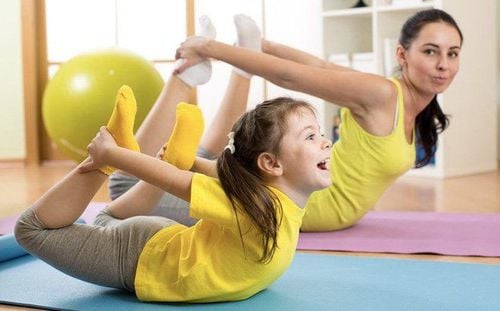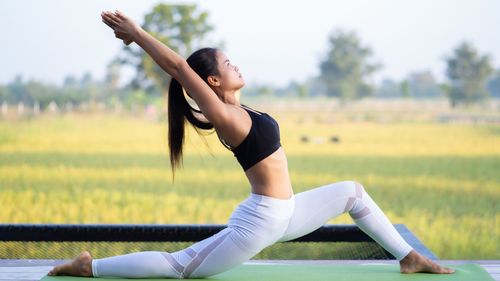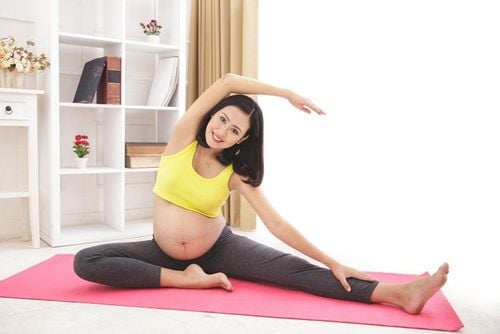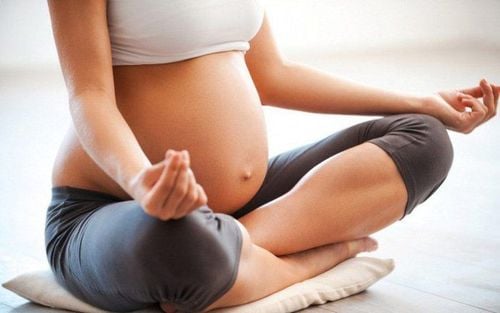This is an automatically translated article.
If you have never practiced yoga before, people often feel worried about not being flexible enough. Therefore, practitioners can refer to some basic yoga poses to improve flexibility, ready to start participating in yoga classes.
1. Mountain Pose (Tadasana)
When choosing yoga exercises for beginners, mountain pose is the most basic. This pose is easy to do because the practitioner basically just needs to stand. However, it is the basis for all other standing and inversion poses. Actively following this pose will help the practitioner become more confident and reduce anxiety.
How to do this:
Stand straight, feet apart and parallel to each other; Press both feet into the floor. When pressing the foot down, the practitioner should feel the impact of the muscles on the whole leg and keep those muscles active; Inhale deeply, roll your shoulders up and back, lower your shoulders, lengthen your neck; Take a few deep breaths, closing your eyes if you like. SEE ALSO: Simple YOGA moves to help relieve fatigue on Tet
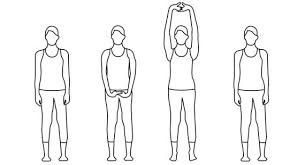
Tư thế adasana
2. Forward Bend Pose (Uttanasana)
Similar to the mountain pose, the forward bend is also one of the simple and easy yoga poses for beginners.
How to do this:
Inhale and, raising your arms to the sides, bring them up over your head; On an exhale, release the arms in front of the body or to the side as the practitioner bends the torso over the legs. The first time you do it, the knee can be slightly bent because no matter how flexible the practitioner is, the hamstrings are pretty stiff at the start; When the practitioner has relaxed into the pose more, start straightening the legs until it feels comfortable. If you feel pressure or pain, stop; Practitioners can place their hands on their shins, feet, or the floor. This move helps to passively stretch the spine and hamstrings, and helps keep balance very well. SEE ALSO: Yoga meditation – A therapy to help deal with stress
3. Plank Pose (Utthita Chaturanga Dandasana)
This is a basic yoga pose that actively works the muscles of the front body.
How to do it as follows:
From the forward bend position, the practitioner places both hands on the floor, bend the knees if necessary, bring each leg back until you are in a high plank position. (high plank); Press into the hands, keep the legs parallel and together, and at the same time pull the abdomen toward the spine; Take a few deep breaths, using your core and arm muscles. When practicing, the practitioner is prone to excessive back arches or hunched shoulders. Therefore, when starting out, yoga practitioners should ask a friend to observe them and adjust accordingly. Note that the upper body from 2 hands on the floor to the hip must be relatively straight, allowing only the curve to be created which is the natural curve of the spine.
MORE: Does yoga reduce headaches, is it effective?
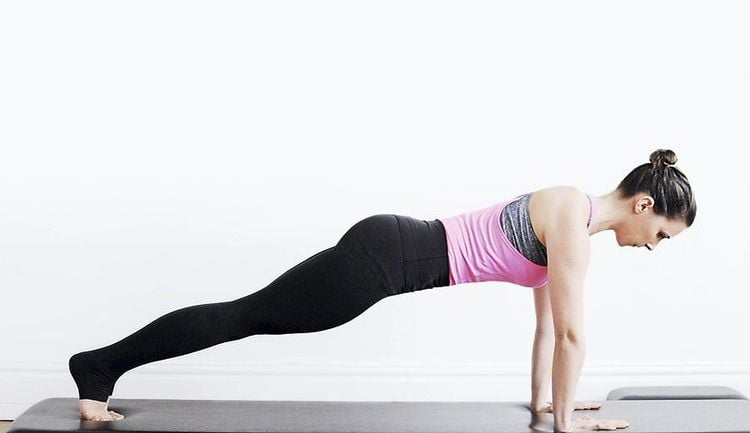
Tư thế Utthita Chaturanga Dandasana
4. Downward-Facing Dog Pose (Adho Mukha Svanasana)
This pose helps to lengthen the spine, stretch the hind legs and aid in good digestion. Since the movements of this pose are reversible, it can release tension, relieve headaches, and help calm the nervous system.
How to do this:
From a plank position, push into your hands and lift your hips up; Legs should be kept straight, heels pointing to the floor, touching the floor as much as possible. There may be a gap between the heel and the floor if the leg is a bit long; When performing this pose for the first time, the practitioner should step out a little to warm up the leg muscles.
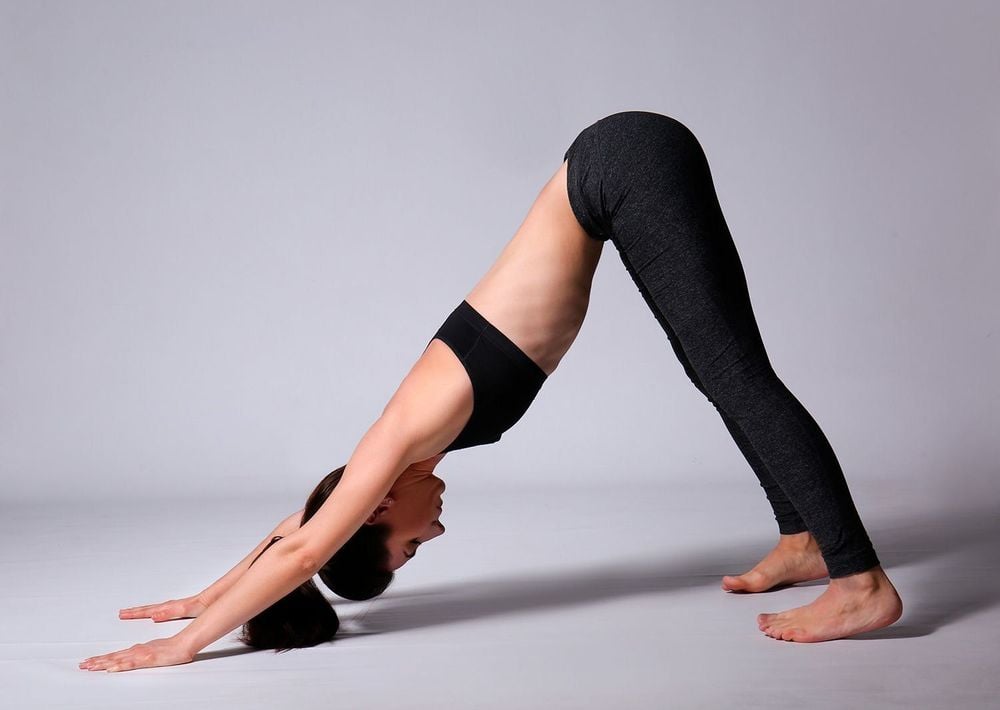
Tư thế Adho Mukha Svanasana
5. Baby Pose (Balasana)
In any yoga class, this is a good pose, applied when the practitioner wants to rest and relax the nervous system.
Here's how to do it:
While in downward facing dog, take a deep breath. On an exhale, lower your knees to the floor, pull your hips toward your heels, and rest your forehead on the floor; Practitioners can let their hands stretch in front of their faces or pull them close to the body, placing their palms near the legs; This is a restorative pose, so the practitioner should tailor it to his or her needs. The practitioner can extend the knee a little more if desired. This pose relaxes the spine, shoulders, and neck, and massages the internal organs. The basic yoga poses for beginners will help each person choose the right type of exercise for them, thereby improving health and better physique.
Please dial HOTLINE for more information or register for an appointment HERE. Download MyVinmec app to make appointments faster and to manage your bookings easily.
Reference source: healthline.com




